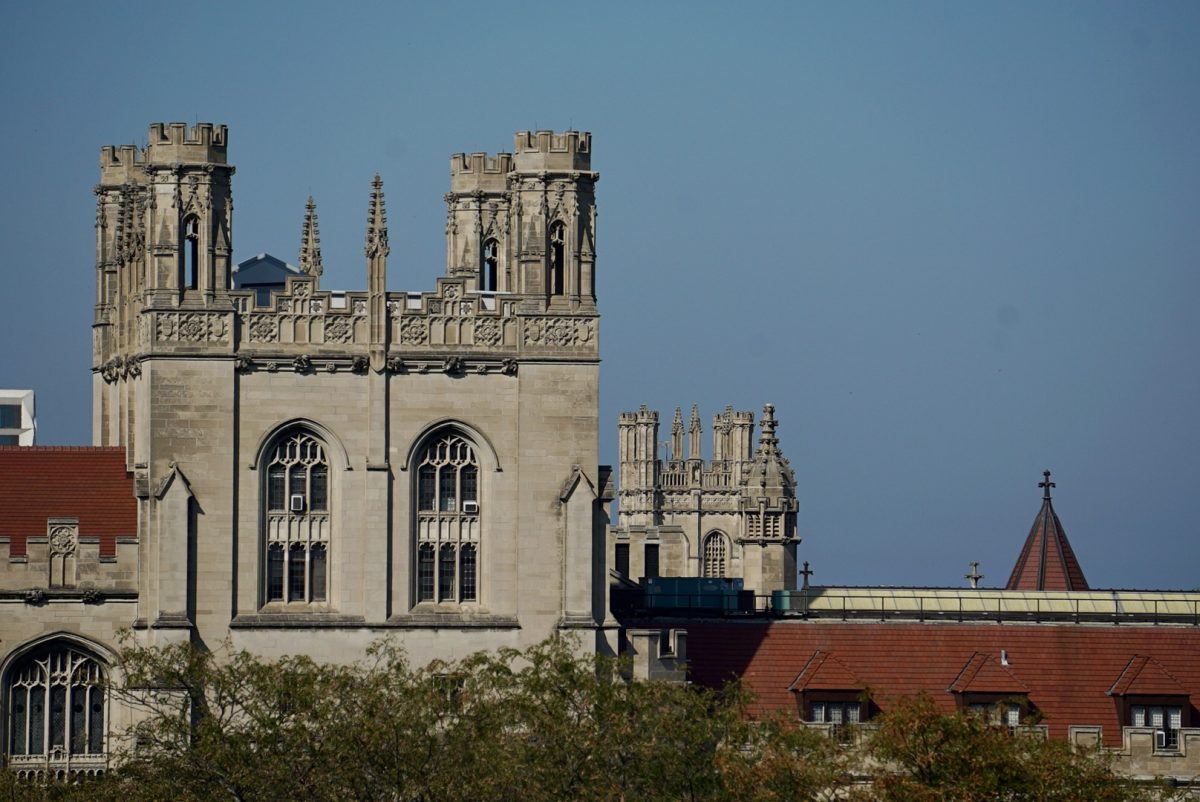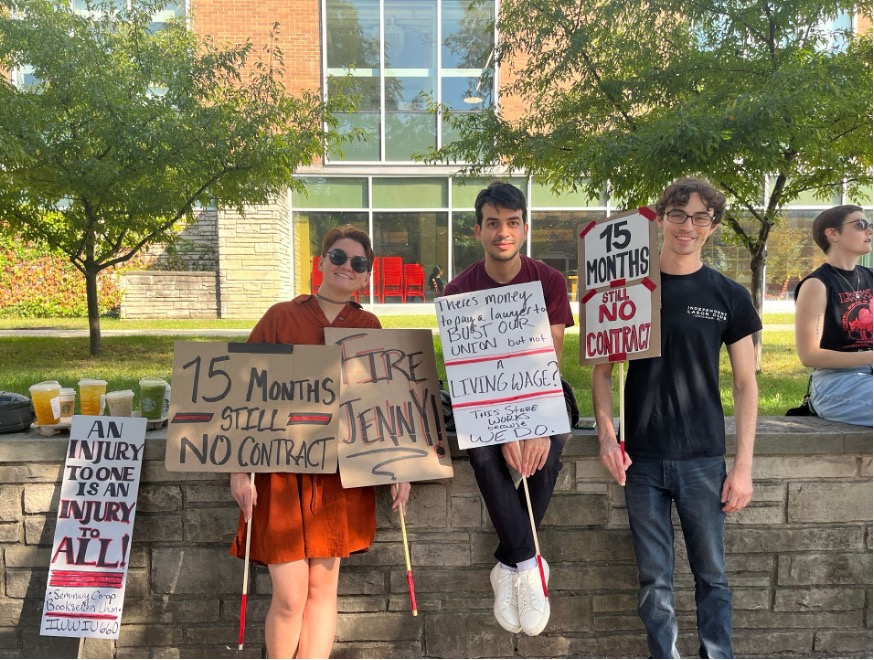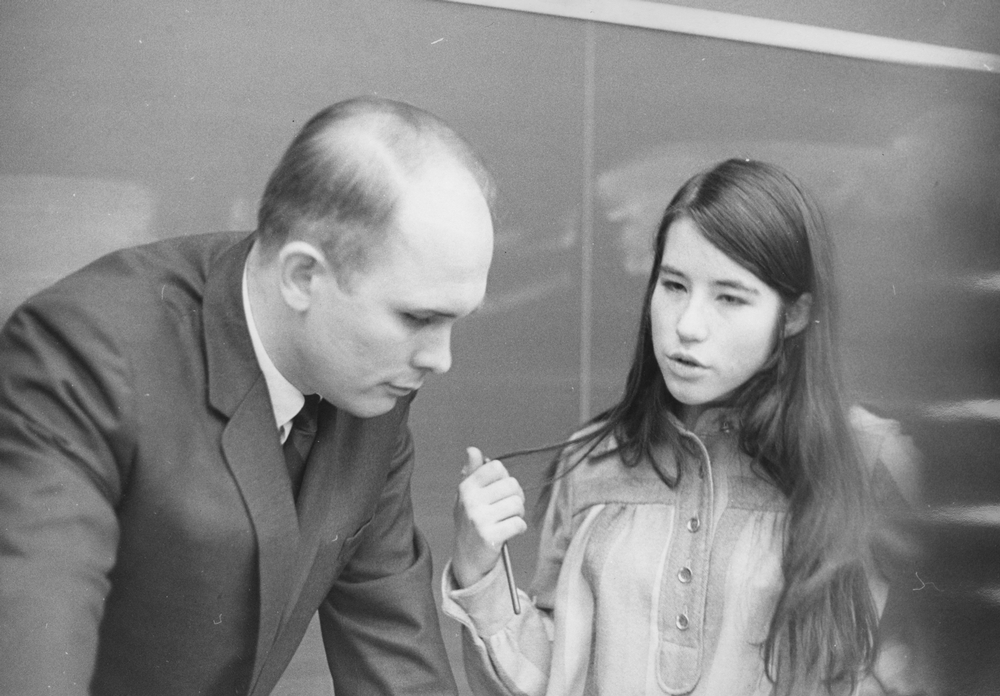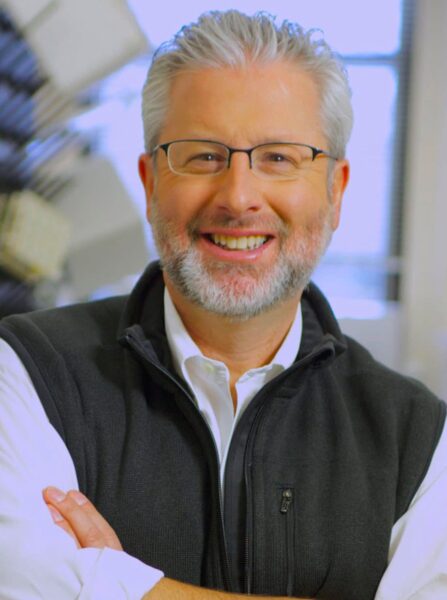To keep pace with the shifting job market in the medical professions, faculty and administrators introduced a separate track in winter for pre-med students not majoring in biology. As those students approach the halfway mark of their education, the department is closely monitoring their progress and weighing the program’s future.
This is the first year the University has offered a separate track for non-major students preparing for medical school. Previously, non-major students would have had to take the same assortment of biology classes as those within the major.
However, non-major students now have their own set of six courses relevant for pre-medical students that start a quarter earlier than students in the major, other than those in the AP 5 sequence. Ordinarily, the biological sciences division cites 12 quarters of science and three of calculus as common medical school requirements.
The majority of pre-med students still major in the biological sciences, and just 30 first-years from outside the department enrolled at the start of the sequence in winter. That number has since fallen to about 20.
“We wanted to have a small pilot class so that way we can track their progress closely, and [we] expect about twice as many people next year,” said Jose Quintans, dean of the biological sciences division. The division is the second-largest in the College, handing out 164 undergraduate degrees last spring.
The biological sciences collegiate division spent a year alongside Chicago Careers in Health Professions (CCIHP) planning a curriculum that would reconcile students’ personal interests with the changing demands of medical schools.
“This was designed di novo, from scratch,” Quintans said.
To that end, the six classes cover everything tested on the MCAT, but also hone in on other fields allied to the world of medicine.
“There are a lot of changes going on in terms of what medical school people want to see, and these changes will be happening over the next few years,” said Jett McAlister, a health professions advisor with CCIHP. “We’re trying to be ahead of the curve.”
First-year Orly Farber, majoring in comparative human development, says that studying medicine alongside non-majors enriches the classroom experience.
“I don’t have a sense yet of whether or not it’s helpful [to be among non-majors],” she said. “But it’s much more enjoyable.”
But first-year Raymond Dong, majoring in economics, is pursuing business and health in tandem.
“Through the sequence, I’ll finish the pre-reqs I need for med school, as well as be able to fulfill everything I need for an econ major,” he said. “This seemed like a good way to do both without being overwhelmed.”
Fourth-year Alice Hyewon Won, president of the Pre-Medical Students Association (PMSA), says that students who try to complete the pre-med track—which requires several biology and math classes regardless of whether the student is a biology major—often discover that other majors are impractical by their third or fourth years.
“The workload gets really heavy, and many people end up thinking, ‘Well, I’ve already ended up taking so many bio classes: I don’t think I can write a thesis for, maybe, public policy or poli sci,’” she said. “There are quite a few cases like that.”
However, for Farber, the freedom to take other classes has more than practical benefits.
“I want to be able to enjoy college and learn things outside of science, despite the fact that I really want to be a doctor,” she said. “I’ll have the rest of my life to devote to science.”








